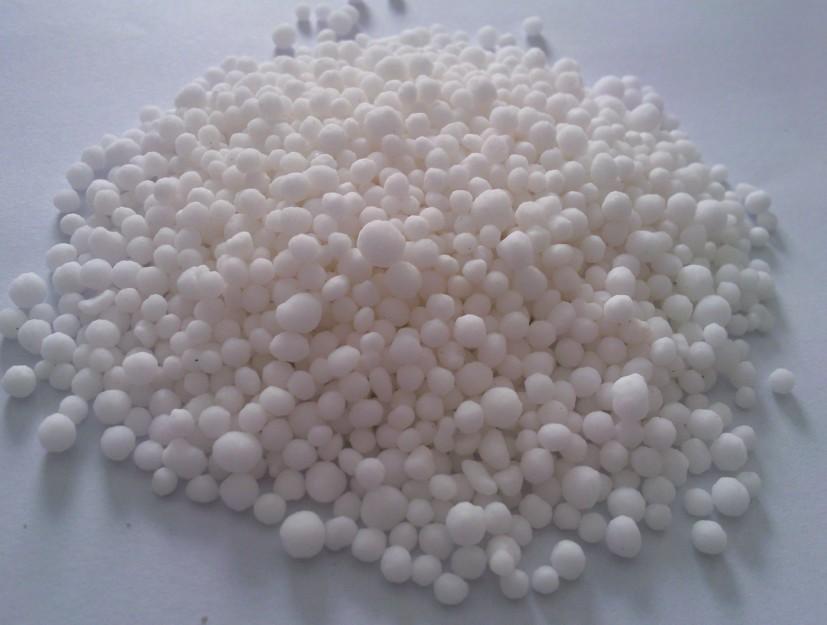Granular urea, also known simply as urea, is one of the most widely used fertilizers in the world for agriculture. It is a white, crystalline solid that is highly soluble in water and acts as a concentrated source of nitrogen for plants. Nitrogen is one of the three primary nutrients that are essential for plant growth, along with phosphorus and potassium. As a solid, granular form of urea fertilizer makes it very convenient for farmers to transport, store and apply to their fields.
Chemical Composition and Properties
Urea is an organic compound with the chemical formula (NH2)2CO. It contains 46% nitrogen by weight, making it the fertilizer with the highest nitrogen concentration available. When urea dissolves and decomposes in soil, it releases ammonium (NH4+) and carbon dioxide. The ammonium is then converted to nitrate (NO3-) by soil bacteria through the process of nitrification. Plants are able to uptake and utilize this nitrate nitrogen to support their growth and development. Urea is non-toxic and non-hazardous in its solid form but it should always be applied carefully according to recommended rates and guidelines.
Advantages of Granular Urea over Other Nitrogen Fertilizers
There are several advantages that make Granular Urea a preferred nitrogen fertilizer choice for many farmers:
Concentrated Source of Nitrogen: As mentioned earlier, urea delivers 46% nitrogen which is the highest among solid nitrogen fertilizers. This means farmers need to transport and apply less volume per acre to achieve the desired nitrogen rate.
Ease of Application: The granular form allows for easy, uniform and accurate application with conventional fertilizer spreaders without any risk of waste or spillage. Liquid forms are messier to handle.
High Water Solubility: Urea dissolves rapidly in soil when rain or irrigation water is present, allowing plants quick access to the nitrogen as their need arises. This promotes better nitrogen utilization efficiency.
Less Labor Intensive: Granular urea does not require any mixing on the farm like ammonium nitrate or ammonium sulphate which need to be blended. This saves time and labor.
Economical: Urea fertilizer is generally the most affordable nitrogen option available making it attractive for large-scale agricultural producers.
Ideal for Many Crops: Urea can be used as a nitrogen source for a wide variety of crops including cereals, vegetables, fruits, turfgrass, etc. according to their specific needs.
However, there are also some limitations of urea such as its susceptibility to ammonia volatilization losses if not properly managed or incorporated into the soil.
How Granular Urea is Manufactured
The production of granular urea involves a two-step process - synthesis of urea solution followed by prilling or granulation:
1. Urea Synthesis: In the urea synthesis loop, ammonia and carbon dioxide are reacted at high pressure and temperature over a catalyst bed in a urea reactor to produce urea solution.
2. Granulation: In the granulation process, the hot urea solution from the reactor is sprayed through prilling towers to form solid round granules which are then cooled, dried and screened for quality control. Dusting agents may be added to reduce caking.
Modern urea plants use a continuous process and can produce thousands of tons of granulated urea product per day. Strict quality standards are followed to ensure the nitrogen content and other properties are consistent within specified tolerances.
Recommendations for Proper Application
While urea offers many advantages, it is important for farmers to apply it judiciously as per recommendations to maximize nitrogen use efficiency and prevent losses:
- Apply at the correct rate based on soil test and crop requirements. Excess use is wasteful and polluting.
- Ideally apply just before or during rainy season so it quickly dissolves in soil and becomes plant-available.
- Incorporate urea granules into the soil by cultivation within 24 hours of surface application to reduce ammonia volatilization.
- Split applications are better for higher yielding crops which uptake nitrogen over a longer period.
- Irrigate soil within 1-2 days if rain is delayed to keep the urea wet in soil.
- Do not apply to waterlogged, flooded or extremely dry soil conditions to minimize nitrogen losses.
In summary, granular urea has many advantages that have made it the dominant nitrogen fertilizer used worldwide. But its effective use relies on applying agronomic best practices suited to the climatic and soil conditions. When used judiciously, urea fertilizer plays a vital role in boosting agricultural productivity and meeting the global food demand.
Get more insights on Granular Urea



